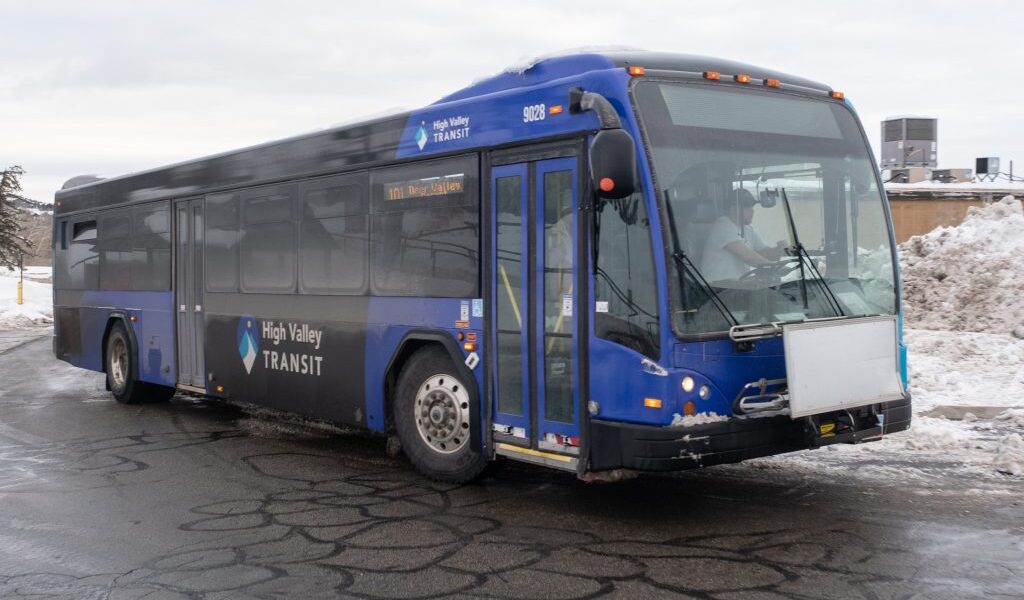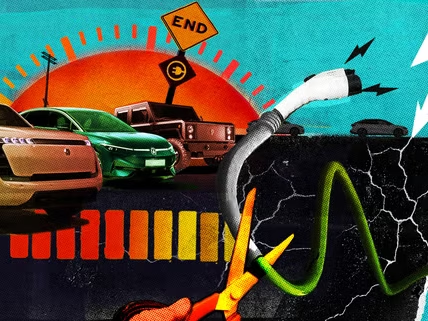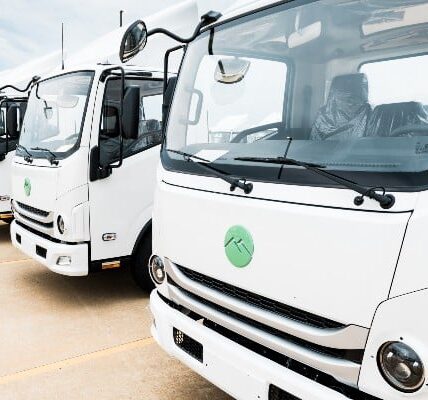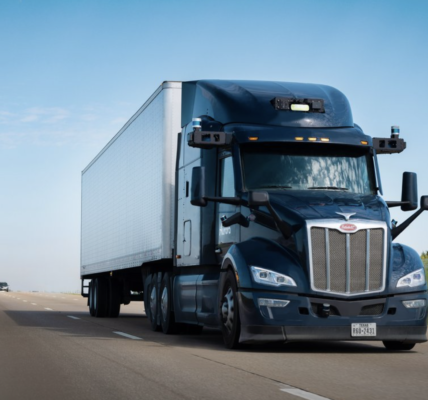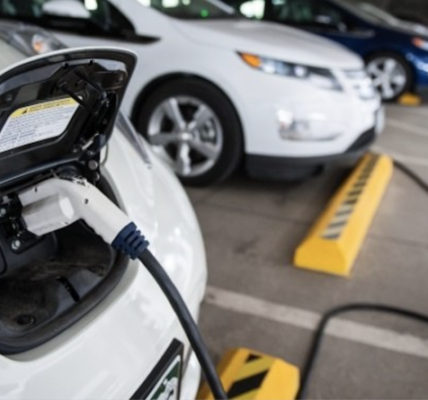High Valley Transit to Acquire New Electric Buses After $16.2 Million Federal Grant
High Valley Transit announced Wednesday the awarding of $16.2 million in funding from the Federal Transit Administration (FTA) to replace older diesel buses with state-of-the-art, battery-powered electric buses that the transit group said will significantly reduce emissions and improve public transportation efficiency.
“High Valley Transit is thrilled to broadcast that this significant investment will enable the acquisition of 10 new electric buses, five depot chargers, and two on-route chargers and will fund a first-of-its-kind training and internship program, in partnership with Summit County,” read a press release from High Valley Transit. “With the addition of new electric buses and charging infrastructure, as well as in-house, in-demand job training, High Valley Transit will lead the way in sustainable transit and job creation in the Wasatch Back.”
Federal support for bus projects over the last several years has been instrumental in moving people and helping communities advance their climate goals, according to High Valley Transit.
“This grant is transformative for HVT and the community we serve,” said Kim Carson, board chair. “This money will more than double our existing electric vehicle capacity and will allow us to create a pipeline of qualified maintenance technicians. We are so excited for what the future holds. ““Today’s announcement is part of approximately $1.5 billion in funding to support 117 projects that will improve public transportation in 47 states,” the release said. “Over the last three years, the Federal Transit Administration has sent nearly $5 billion in the past three years to replace and modernize transit buses on America’s roadways, building new technology with American workers. U.S. factories will produce more than 3,650 new buses.”
According to High Valley Transit, the FTA’s Low-and No-Emission program makes funding available to help transit agencies buy or lease U.S.-built low- or no-emission vehicles, including buses and vans, make facility and station upgrades to accommodate low- or no-emission vehicles and buy supporting equipment like battery electric charging.
The Bipartisan Infrastructure Law, according to High Valley Transit, provides $5.6 billion through 2026 for the Low-No Program — which the transit group said is more than six times greater than the previous five years of funding. For Fiscal Year 2024, approximately $1.1 billion was available for grants under this program.


